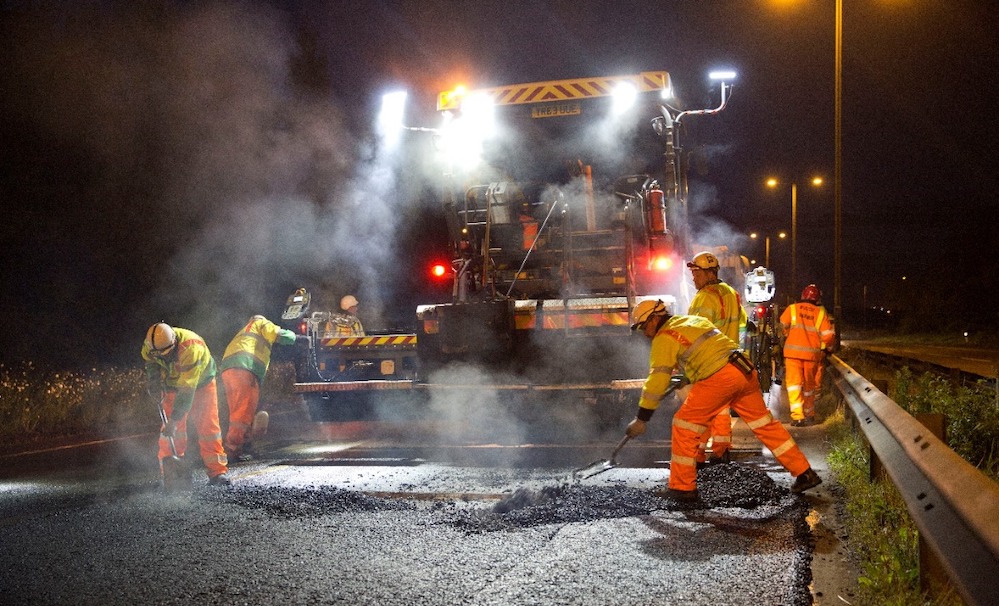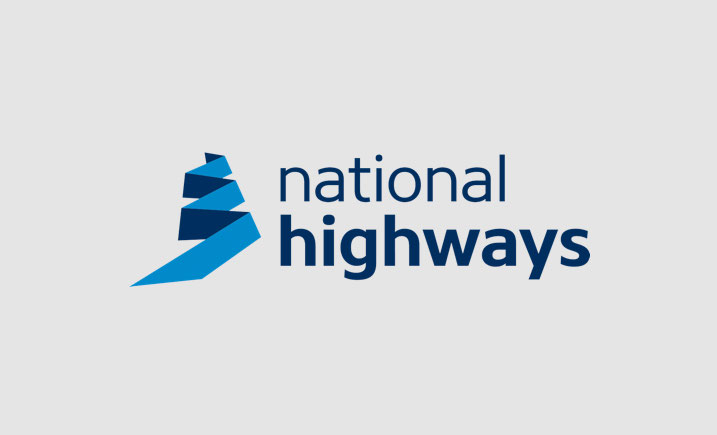An insurance broker and specialist in haulage insurance is urging HGV operators to not only be aware of new changes to the Highway Code as of January 29, 2022, but to seriously reflect on the nuances behind the changes when it comes to their risk management.
Despite a wave of articles about the new Hierarchy of Road Users, to be introduced in the newly revised Highway Code, nobody has couched this in terms of the implications for an HGV operator’s risk management, says award-winning McCarron Coates.
The broker says HGV operators need to not just appreciate and abide by the changes, but be seen to have done everything to brief and train drivers in what is expected of them. Unless drivers are aware of the new rules, risk management strategies, geared at reducing claims and lowering insurance premiums, could be seriously undermined.
McCarron Coates also suggests that the new rules could potentially open the door to more opportunities to shift liability on to the shoulders of the HGV driver and their firm.
This is because they position drivers of heavy goods and passenger vehicles, as being those creating the greatest amount of risk on the road, given the size and weight of the vehicles driven and their capacity to cause harm. For this reason, drivers of larger vehicles are at the bottom of the hierarchy and urged to take greater care and responsibility for all other road users who sit above them within the new ranking.
“Literally, with great power comes great responsibility,” says McCarron Coates director, Ian McCarron. “By putting a greater onus on the drivers of heavy goods and passenger vehicles to be responsible for the safety of all others, we fear that drivers of these vehicles are more likely to be deemed at-fault for accidents, where there is no clear evidence to the contrary. When an AA survey suggests 33% of drivers[1] are unaware of the changes, it is very worrying.”
McCarron Coates is encouraging HGV operators to invest in swift driver training, so they are abreast of the new rules, but also the technology that will enable them to provide proof, if they are not ‘at fault’ for an accident.
The broker is urging HGV operators to pay particular attention to the driver’s all-round-vehicle visibility, particularly as cyclists now have priority to continue ahead at a junction where a vehicle is waiting to turn left. Furthermore, the new Highway Code puts great store on spotting cyclists, through its introduction of the Dutch door-opening method, encouraging use of the hand furthest away from the handle, when a door is being opened.
Having better all-round visibility will also enable vehicles to meet the 2021 Direct Vision Standard for London, which seeks increasing visibility improvements by 2024.
Drivers need to be trained in other newly introduced road user priorities, understanding that they should cede right of way to pedestrians waiting to cross any road into which they are turning. They also need to potentially be retrained in overtaking techniques, given the new emphasis on the amount of room to be given to cyclists during overtaking manoeuvres.
“The Highway Code clearly states that, although failure to comply with rules that do not use the words MUST or MUST NOT, will not cause a person to be criminally prosecuted, the Highway Code may be used in court proceedings brought under the Traffic Acts to establish liability,” adds Ian McCarron. “Therefore, we urge HGV operators to swiftly upgrade their risk management and seek advice on how to better control their risks, under the new regime.”







